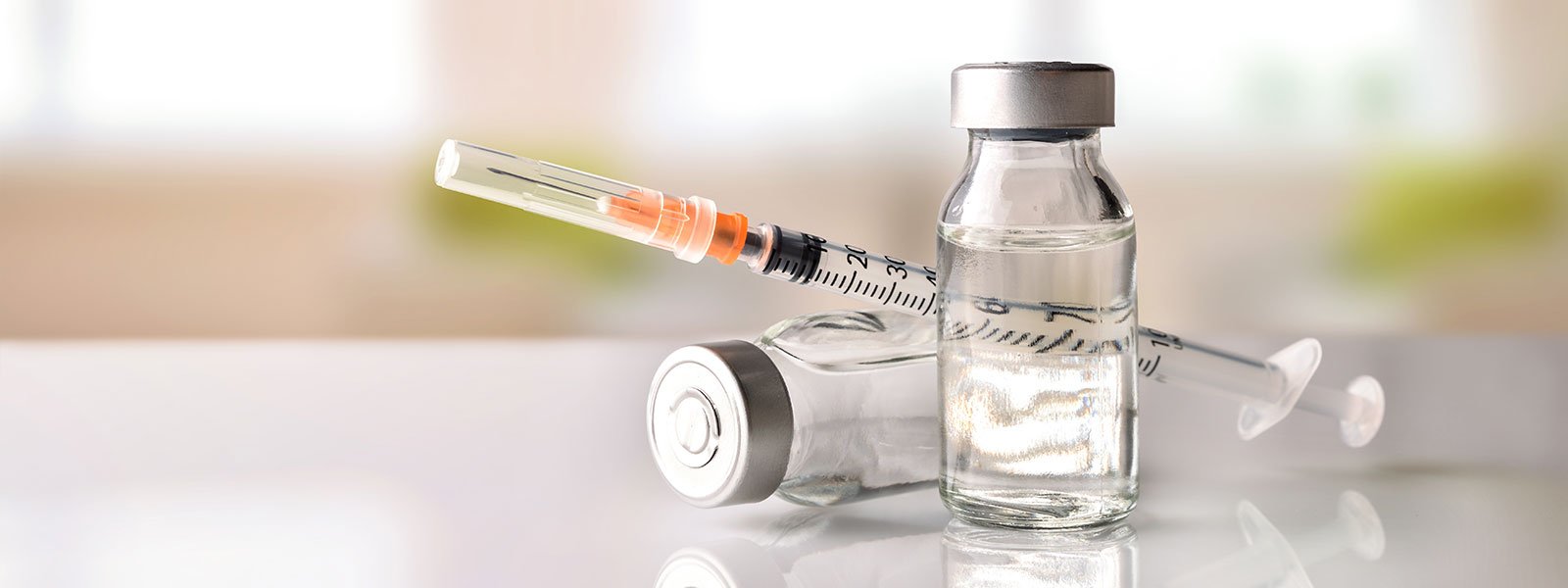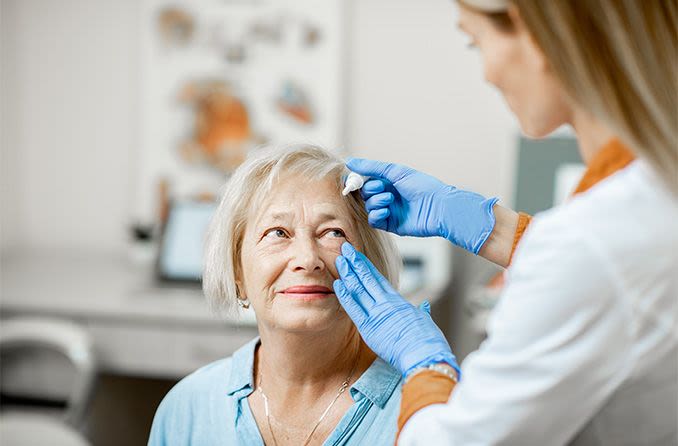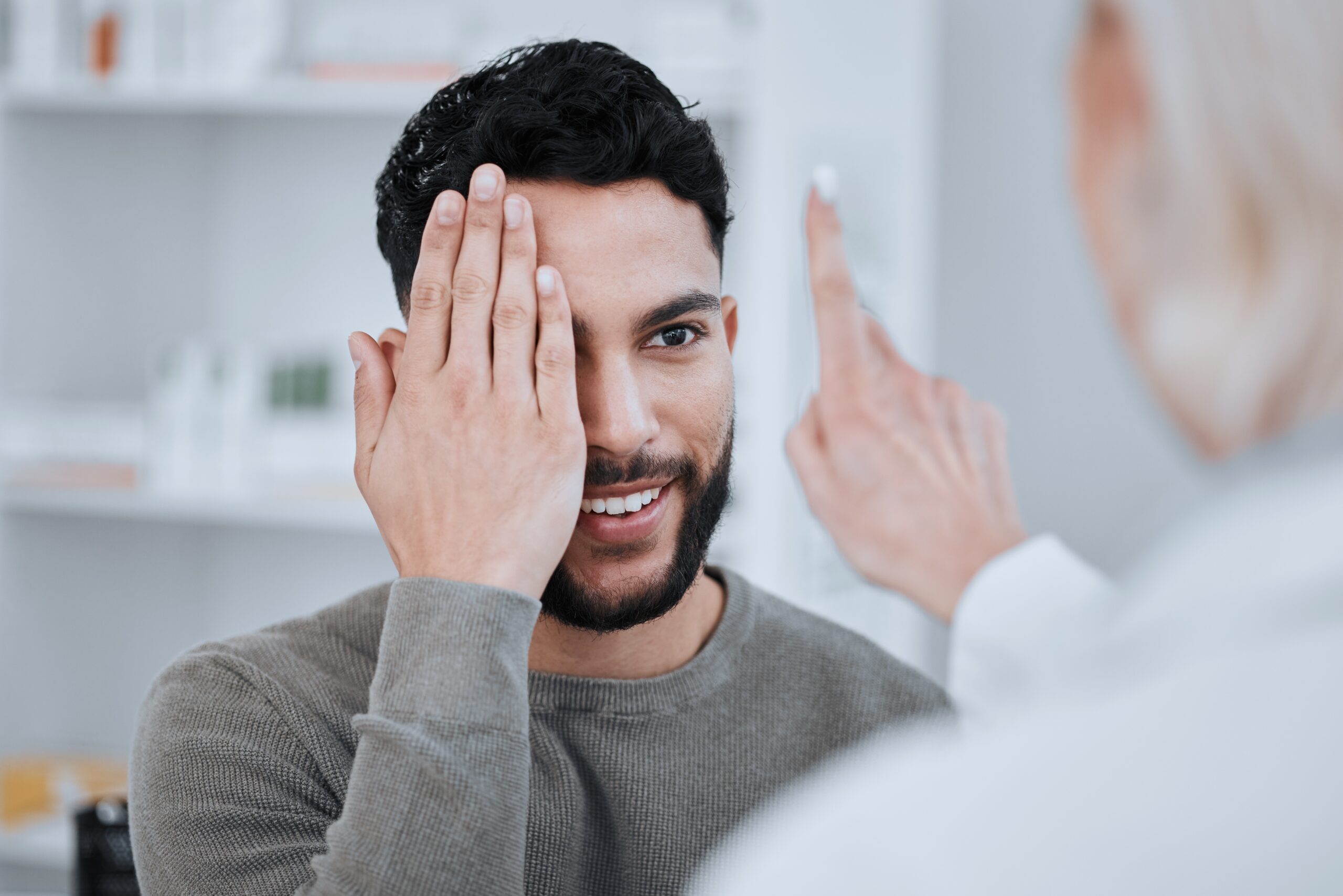Why do I Need Injections in my Eye?

If you’ve been diagnosed with a retina disease like age related macular degeneration, diabetic retinopathy, or retinal vein occlusion, your eye doctor may recommend eye injections. These injections are designed to shrink abnormal blood vessels that cause fluid build up and a loss of central vision.
Types of Eye Injections
Eye injections are placed into the gel-filled cavity of the eye and most commonly use a substance called Anti-Vascular Endothelial Growth Factors, of anti-VEGF, and there are three different options:
Avastin (Bevacizumab) was originally approved by FDA for treating colorectal cancer, but small amounts of the same substance have been found to help with certain retina disease. Because such a small dose is needed, Avastin needs to be prepared by an outside pharmacy prior to injection into the eye.
Lucentis (Ranibizumab) is FDA approved for treatment that’s specially designed for injection into the eye. While it’s a similar treatment, this option tends to have better penetration into the retina than Avastin.
Eylea (Aflibercept) was designed to have more binding sites so it may last longer in the eye than Avastin or Lucentis..
Various studies have been performed to compare these agents, the most recent found that both Avastin and Lucentis had similar effects on vision over the course of a year. In general, most ophthalmologists would consider all three agents to be equally effective, although some patients may develop resistance to one particular agent but still respond to the other 2 agents.
What to Expect
Your eye will be numbed with anesthetic eye drops or gel, then cleaned and held open with a small instrument. During injection, you may feel slight pressure or a quick sting.
Common side effects include redness and mild irritation, which should go away after a day or two. No antibiotic drops are needed, and you can return to your normal activities right after injection.
Eye injections can seem scary, but they’re a very common in-office procedure. Your ophthalmologist will work with you to build a customized treatment plan to fit your needs.


